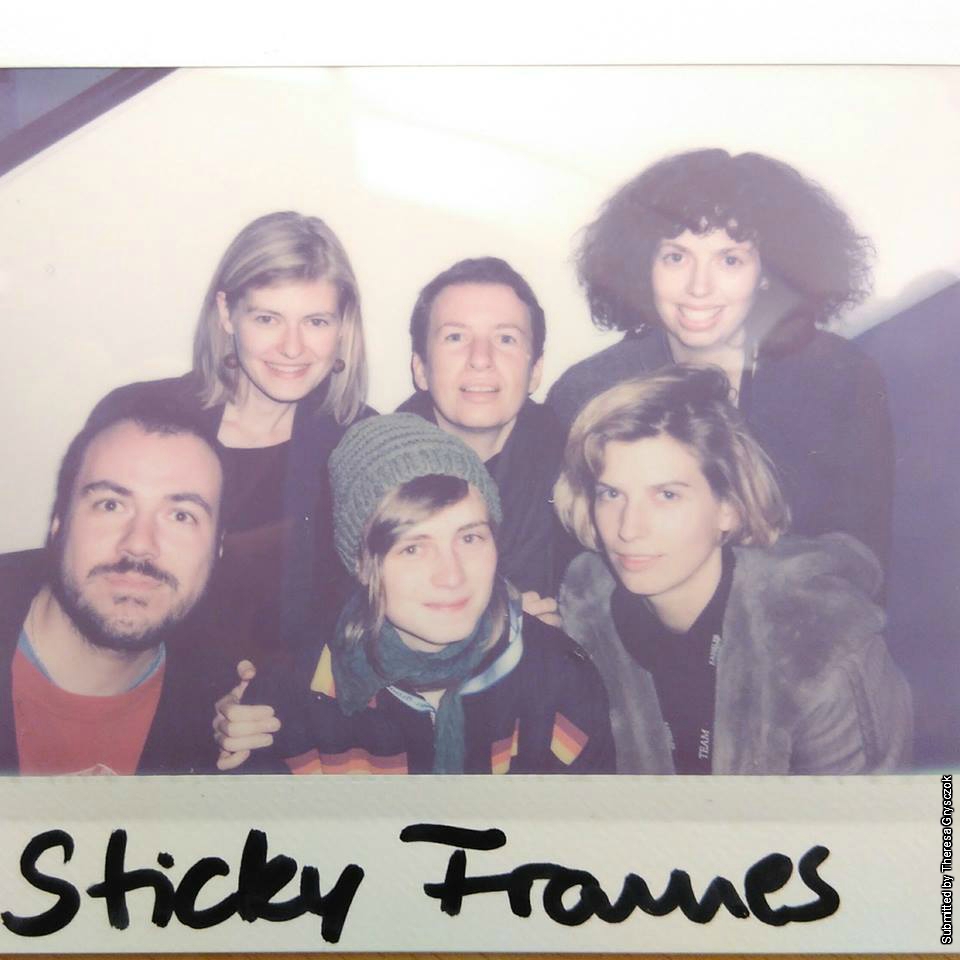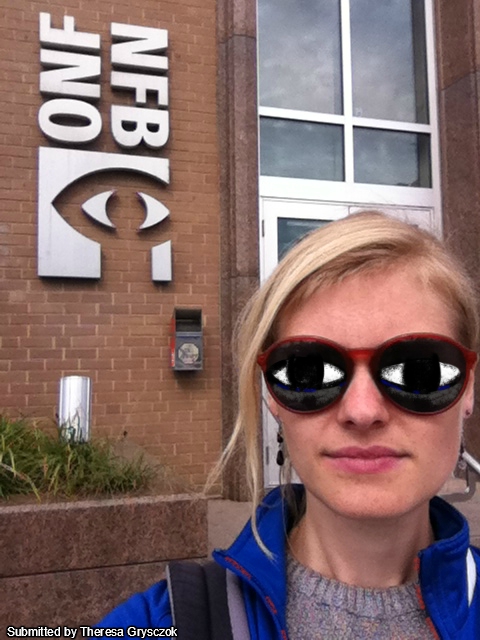Oct 4, 2017 - Gabriel Desbiens for SoGerman
Gabriel Desbiens from the Consulate General in Montréal caught up with German artist Theresa Grysczok who presented a special screening at the Festival Stop Motion Montréal earlier this September.

(SoGerman) What brought you to the world of animation?
(Theresa Grysczok) As a child, I was surrounded by a world of tales and marionettes, built and exhibited by my parents in our home-based gallery. I got completely absorbed by this visual world: started to draw, to paint and to sculpt for my own pleasure. At “clay traces“, a production company for animated film in Berlin, I learned about the process of film making and animation, which I’m improving in my studies now.
(SG) What are your biggest sources of inspiration?
(TG) Music (also Canadian labels), movies and film-festivals are great inspiration. And I’m pretty curious about everything in my environment, I visit flea-markets and second hand stores, to find tiny, odd and unexpected things. But everything what distracts me from my habits and routine is possibly interesting.
(SG) What are your favorite mediums to work with (ie. Marionettes, drawing, clay, …) and why?
(TG) Until now I really like puppet animation, because it’s the most fun to construct and animate puppets. I like drawn animation because it’s limitless. Pixilation is also great, because it (can be) fast, direct and it’s very haptic. You put a spotlight on something common to point out a feature which people would normally oversee, or surprise the audience with an unexpected use of certain objects.
(SG) Which animation film is your favorite? (Any German or Canadian filmmaker?)
(TG) Tough question, it changes with my mood… but I really relate to the work of Allison Schulnik. Also I love “When the day breaks” by Amanda Forbis and Wendy Tilby, „Belly” by Julia Pott and “The pub” by Joseph Pears.
(SG) In your opinion, are women well represented in the industry?
(TG) I just sneaked in a small part of the global independent animation scene – making artistic short films is just one part, and I’m not sure about the situation in studios for example. That’s why I can’t give a satisfying reply to this question. But actually I know a lot of female directors and animators. And I really want to encourage people, not only women, to go out there to find a voice in film making.

(SG) Tell us about your first trip to Canada. (You came to Montreal for the first time last year. What was your first impression of the city? What would you describe as the biggest difference between both animation culture and what connects them? What was one of your favorite memories?)
(TG) To visit the Festival Stop Motion Montréal was the best reason to make the journey, i wanted to make long time. The team and directors welcomed me warmly and the festival itself was interesting for me. The filmmaker who hosted me was a great guide and best company. I felt pretty comfortable exploring the city by bike: to the festival, exhibitions, botanical garden, NFB, record stores, bars etc., to see places between the hotspots. One of the highlights next to the company of the festival guests, was a Joan Jonas exhibition and to see very different parts of the city.
Well, I talked to several directors and I think what all filmmakers have in common is curiosity, passion, troubleshooting- abilities and a certain crazyness.
(SG) What has your collective Sticky Frames presented during its “Carte blanche” this year?
(TG) Sticky Frames presents pixilation, cut out and puppet animations by members of the collective, friends and international directors, produced in Germany. But also films with mixed techniques, hybrids of drawn animation, 3D animation and stop motion. They tell obscure, existential, unexpected stories and show portraits of riot girls, mothers, garbagemen and underdogs. We would like to thank all directors who support this cooperation with the Festival Stop Motion Montréal and the extraordinary team, who makes it real!